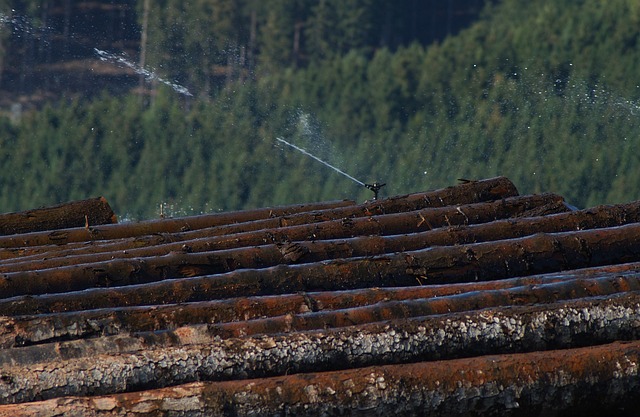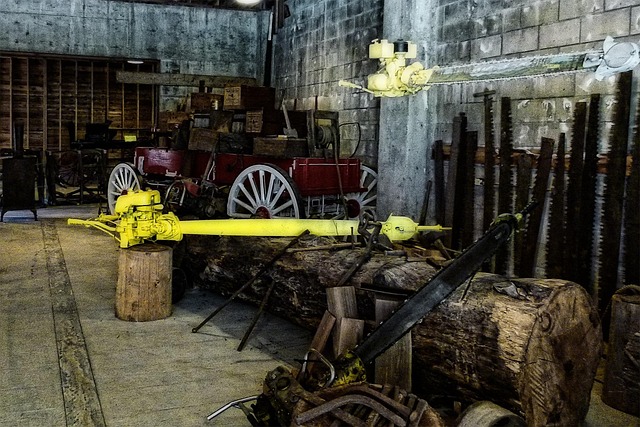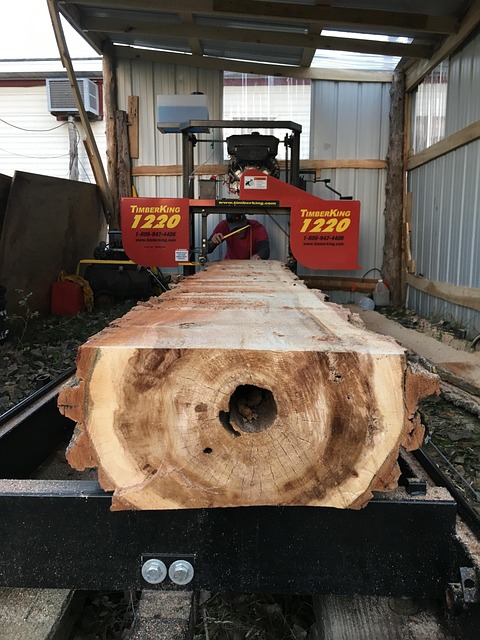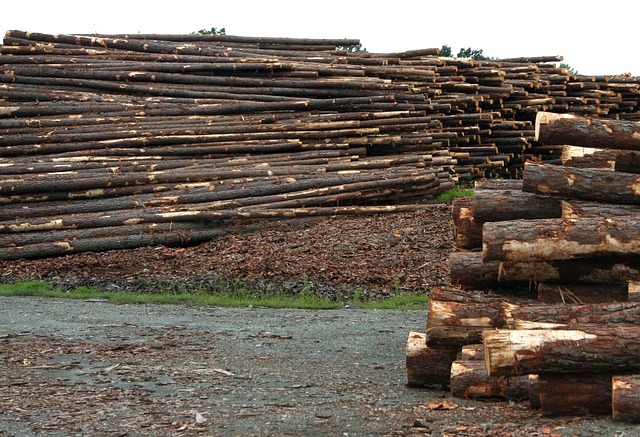Lane County, Oregon's economy has been shaped by its extensive logging history for centuries. Once dominated by small-scale operations and local sawmills, the industry evolved into a significant economic driver, reshaping the county's landscape. Today, while balancing environmental considerations, Lane County leverages its logging heritage through sustainable forest management practices, diverse business opportunities, and a commitment to ecological preservation, ensuring its timber sector's long-term prosperity.
“Lane County, Oregon, boasts a rich logging history that has shaped its economic landscape. This article delves into the evolution of the timber industry, from its historical overview to its present-day significance as an economic powerhouse. We explore how logging has impacted employment, communities, and the environment, highlighting both benefits and challenges.
By examining Lane County’s logging history, we gain insights into the industry’s adaptations to modern times, environmental sustainability efforts, and future prospects, offering a comprehensive view of this vital sector.”
- A Historical Overview of Logging in Lane County
- The Economic Powerhouse: Timber Industry's Role
- Employment and Community Benefits
- Environmental Considerations and Sustainability
- Challenges and Modern Adaptations
- Looking Ahead: Future Prospects for Lane County's Timber Sector
A Historical Overview of Logging in Lane County

Logging has been a cornerstone of Lane County’s economy for centuries, with roots that run deep into its rich history. The lush forests that blanket the county’s landscapes have long attracted loggers drawn by the abundant supply of timber, fueling an industry that has left an indelible mark on both the region and its people. From the late 1800s when the first logging operations began to the mechanized era of today, Lane County has witnessed a metamorphosis in how its forests are managed and harvested.
Historically, logging in Lane County was characterized by small-scale operations with local sawmills processing logs cut from nearby forests. This period was marked by a hustle and bustle of loggers, with teams of men working tirelessly to clear vast tracts of land for agricultural development and urban expansion. As the demand for timber grew, so did the scale and intensity of logging activities, shaping the county’s landscape and economy along the way.
The Economic Powerhouse: Timber Industry's Role

Lane County, Oregon, has a rich logging history that has significantly shaped its economic landscape. The timber industry has been a cornerstone of the local economy for decades, driving growth and employment opportunities. The vast forests covering parts of the county have provided an abundant supply of natural resources, fueling a robust logging sector. This industry’s influence extends beyond direct employment; it supports various ancillary businesses, from equipment suppliers to transportation services, creating a web of economic interdependence.
The economic powerhouse of Lane County is closely tied to its logging heritage. The industry’s success has contributed to the county’s overall prosperity, attracting investments and fostering entrepreneurship. Over time, this has led to the development of specialized skills and know-how within the community, solidifying its position as a key player in Oregon’s timber market. With a deep-rooted history and a thriving present, Lane County logging continues to leave an indelible mark on the region’s economic tapestry.
Employment and Community Benefits

Lane County, Oregon, has a rich logging history that has significantly contributed to its economic landscape. The timber industry employs a substantial portion of the local population, offering stable jobs and supporting numerous communities throughout the county. This sector’s impact extends beyond direct employment, as it drives local businesses and services, from equipment suppliers to restaurants and accommodation providers, many of which thrive due to the presence of logging operations.
The economic benefits are evident in the county’s vibrant communities, where logging has historically been a cornerstone of the local economy. These industries have fostered a sense of place and identity, with many residents proud of their heritage tied to the forests and the hard work required in this sector. Lane County’s timber industry continues to shape its social and economic fabric, making it an integral part of the region’s character and a key driver of its overall prosperity.
Environmental Considerations and Sustainability

Lane County, Oregon, has a rich logging history that has significantly shaped its economy. However, alongside this industry lies a crucial need for environmental considerations and sustainability practices. The county’s lush forests have long been a vital resource, but the extraction of timber must balance ecological preservation with economic goals.
In recent years, there has been a growing emphasis on sustainable logging methods to ensure the longevity of Lane County’s timber resources. This includes responsible forest management, such as reforestation efforts and protecting sensitive habitats. By adopting these practices, the industry can continue to thrive while mitigating environmental impacts, ensuring that future generations can benefit from the county’s natural wealth.
Challenges and Modern Adaptations

The Lane County, Oregon timber industry has a rich history deeply rooted in its logging past. Traditionally, the region’s abundant forests fueled a booming economy through extensive logging operations. However, over time, the industry has faced significant challenges due to environmental regulations, changing market dynamics, and public perceptions. These factors have led to a shift in focus towards more sustainable practices.
Modern adaptations within the Lane County logging history include embracing innovative techniques for forest management, such as selective cutting and ecosystem-based approaches. Logging companies are now prioritizing environmental stewardship, ensuring the long-term health of forests while meeting economic demands. This transformation showcases the industry’s ability to evolve, balancing ecological preservation with the need for a robust local economy.
Looking Ahead: Future Prospects for Lane County's Timber Sector

Looking ahead, the future prospects for Lane County’s timber sector remain promising, built upon a strong foundation of historical logging prowess. The county’s rich Lane County logging history has cultivated a robust and resilient industry that continues to adapt to changing times. As environmental stewardship becomes increasingly important, sustainable logging practices are at the forefront, ensuring the longevity of the resource while meeting market demands.
Emerging technologies and innovative management strategies offer opportunities for growth and diversification. The sector is poised to explore new avenues in wood product manufacturing, bioenergy development, and value-added processing, further enhancing its economic impact locally and regionally. With a dedicated workforce and a commitment to environmental sustainability, Lane County’s timber industry is well-positioned to thrive in the years to come, contributing significantly to both the local economy and the state’s overall forest resources management.
